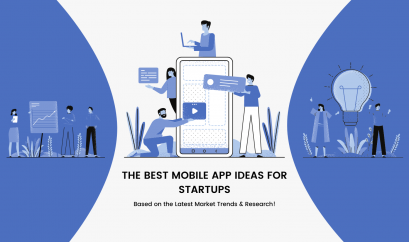13+ Newly Launched CMSes You Should Check Out

Technology
When it comes to building a highly-functional yet easy-to-manage website, the best option is undoubtedly to use a Content Management System (CMS). According to a report by W3Techs, over 50% of all websites on the Internet use some form of a CMS, of which WordPress alone is accountable for more than 64.4% of total CMS usage across all websites on the web, followed by Shopify and Wix which own nearly 6.5% and 3.3% of the CMS market share respectively.

However, over the past two years, there are also some new entrants to the CMS arena which are worth trying and this blog post covers some of the best of them. So, without further ado, let’s get familiar with 15+ recently launched CMSes that you can use to build an easily manageable website.
Flextype:
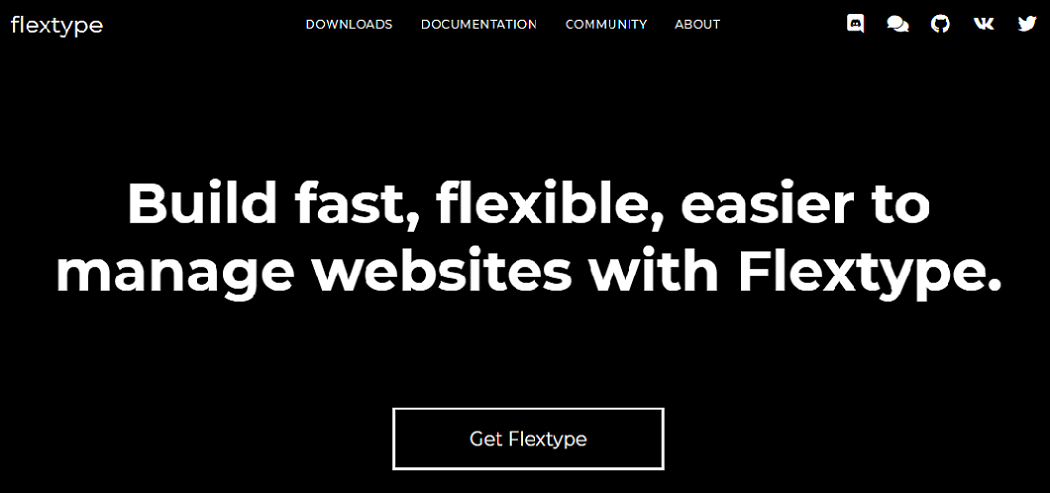
Flextype is a simple, lightweight and flexible open-source flat-file CMS built on top of modern web development technologies such as PHP 7, Twitter Bootstrap, and Sass. Equipped with a built-in theme editor and a simple WYSIWYG editor, this next-generation CMS makes content editing and publishing a breeze for everyone.
With Flextype, you can create any kind of websites you want like Portfolio, Blog, eCommerce, Personal site, and more. Unlike other PHP CMSes, Flextype does not require MySQL database because it collects all the data in the form of simple, flat files. Also, there is no installation required. Just copy all the files to your server and you’re good to go!
Sitejet:
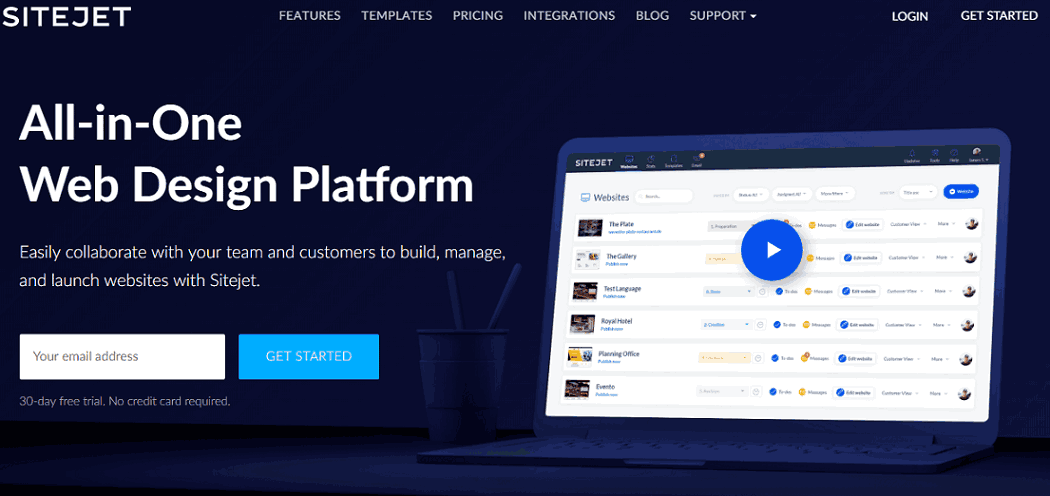
If you’re a web designer who is looking for an all-in-one platform to collaborate with others to build, launch, and manage, then Sitejet is definitely for you. It is indeed a CMS built by web designers for web designers to help them keep full control of their business.
Whether you’re a digital agency, freelance designer, or a marketing team, Sitejet has got you covered with a handy file management system that delivers exceptionally powerful results. Sitejet comes with a 30-day free trial and subscription plans start from $5 per month after the trial period ends.
Twill:
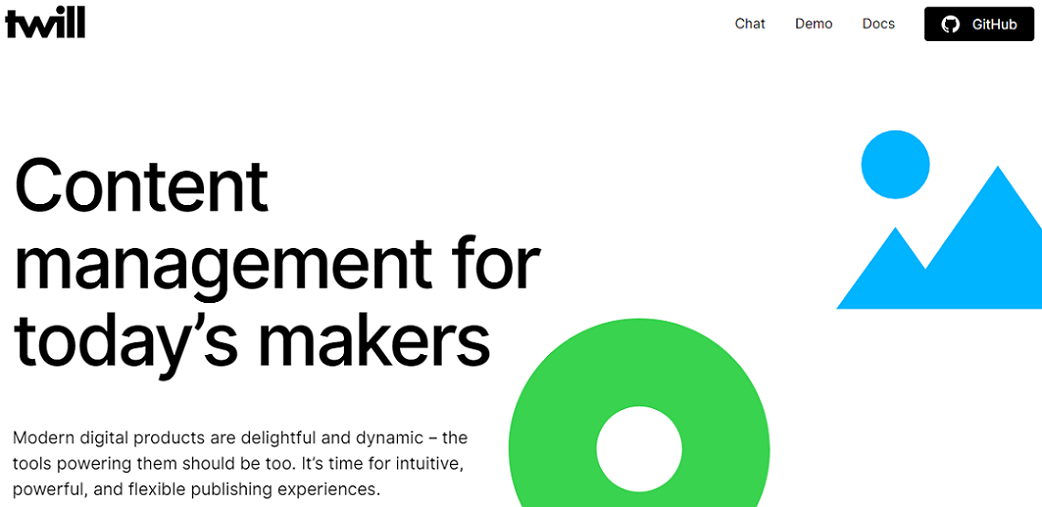
Twill isn’t strictly a CMS, it’s rather an open-source CMS toolkit designed to help developers quickly create a custom CMS based on specific requirements. Means, if you’re an entrepreneur who needs a custom-built CMS, Twill can help you get it quickly.
Twill is based on the Laravel framework and comes packed with several built-in tools, like a Visual editor, Activity dashboard, CLI generator, to ensure design integrity. Twill is an open-source kit for Laravel and therefore free to use for everyone.
Publii:
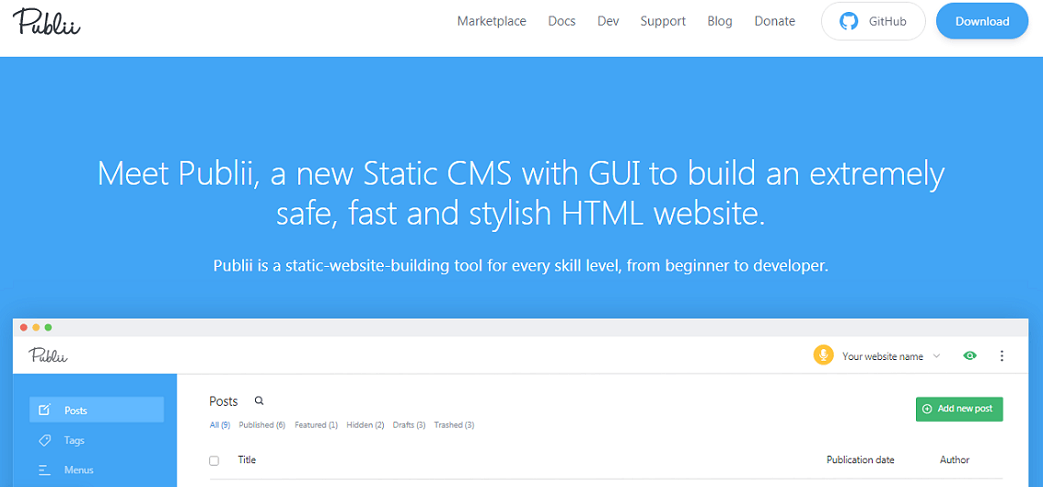
Publii is an open-source GUI-powered Static CMS designed to help both beginners and developers easily build extremely fast, secure, and stylish HTML blogs, portfolios and websites. Unlike other CMSes, which run on the server, Publii runs on your desktop.
Another great thing about this modern and feature-rich CMS is that it comes packed with advanced SEO options to help your website rank higher in search engine result pages. Other prominent features include one-click synchronization, an intuitive post editor, and several option-packed themes.
Crafter CMS:
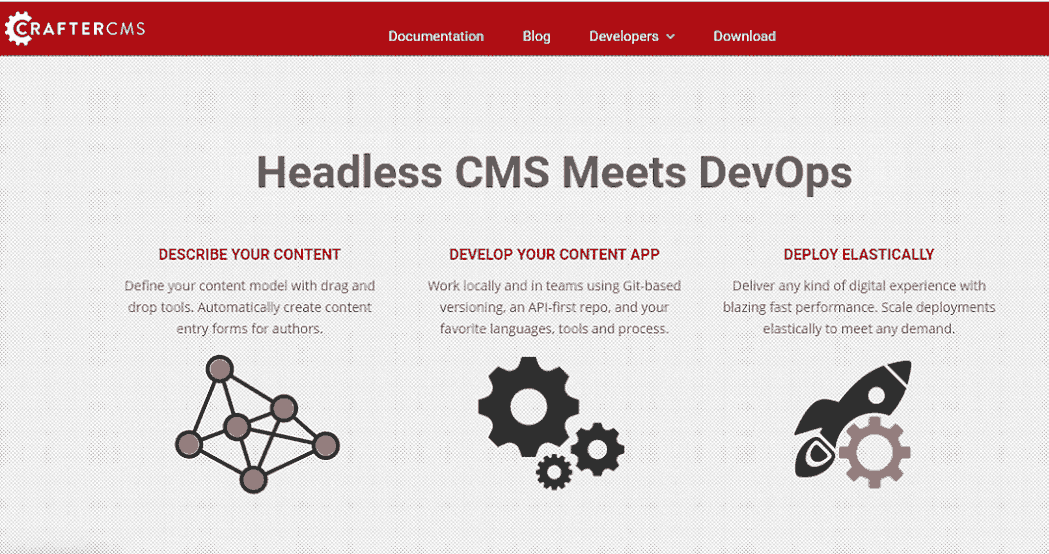
Crafter CMS is a Hybrid Headless CMS that leverages the traditional DevOps practices with the Headless architecture. Backed by Git, this new kind of CMS is designed to allow developers, content authors, and DevOps to collaborate so they can deliver personalized, multi-channel, and modern digital experiences to users.
Having native support for the GraphQL server, Crafter helps you quickly build content-driven applications with your favorite tools, programming languages, and frameworks. Also, it offers several easy to use content authoring tools using which you can easily manage your content workflow.
ClassicPress:
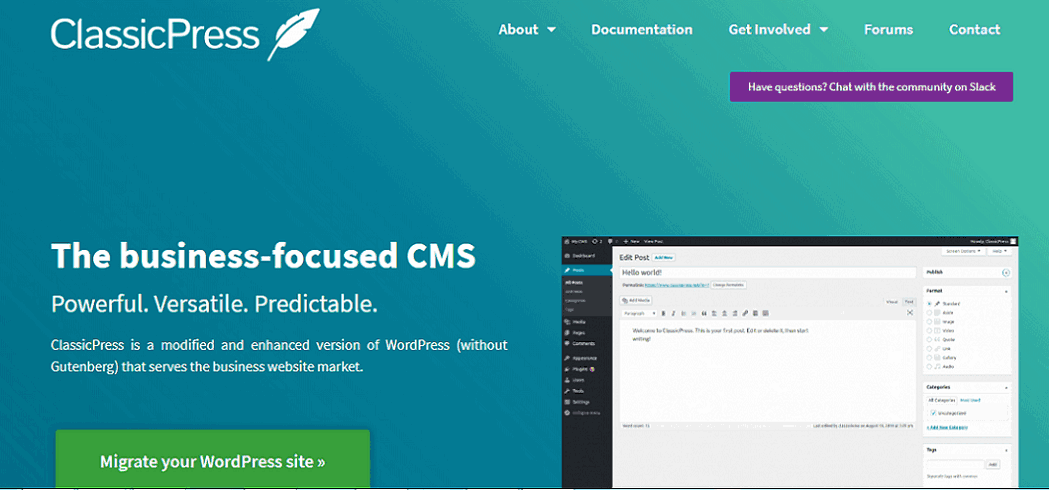
ClassicPress claims to be a modified and improved version of WordPress and it is designed to serve business users. However, it lacks the WordPress’ new block-based editor, Gutenberg – which is called the future of WordPress.
Besides advocating the classic content editor, ClassicPress also emphasizes on a democratic structure for the governance of the project. The current version of the CMS largely focuses on eliminating bloatware and improving the security and optimization of business websites.
Lavalite:
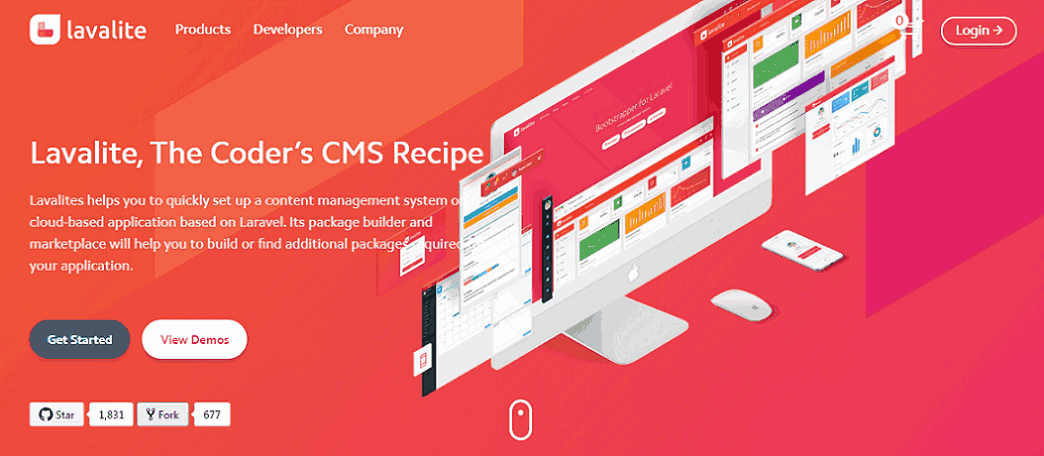
Packed with highly efficient and envious features, Lavalite is a simplistic and modern content management system based on Laravel. It’s a free open source CMS tool that is built on the top of the world’s most advanced responsive front-end framework, Bootstrap.
An extremely lightweight UI/UX and easiness in customization are what this platform is best known for. As a next-generation CMS, Lavalite is fully extendable and can be used to develop powerful plugins, hooks, and packages for your new or existing site.
Orchard Core:
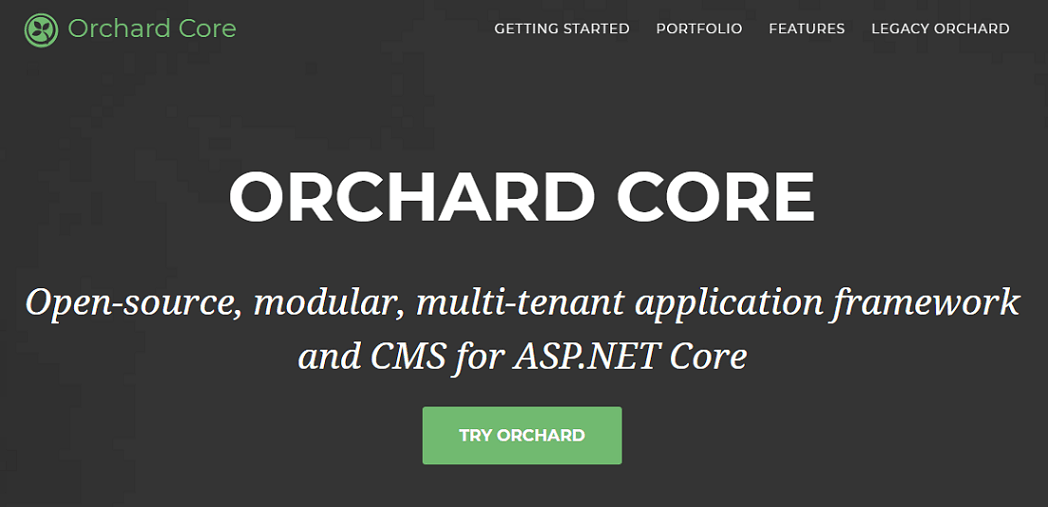
Orchard Core is a highly flexible, modular, and multi-tenant application framework and CMS built with ASP.NET Core. The best thing about this CMS is that you can use it the way you want – as a full-fledged or decoupled or Headless CMS.
Orchard Core actually contains two components: Orchard Core Framework – an application framework to build modular and multi-tenant applications on ASP.NET Core, and Orchard Core CMS – a CMS built on top of the Orchard Core Framework. By combining the power of two, you can create an extremely powerful website of any kind.
Netlify:
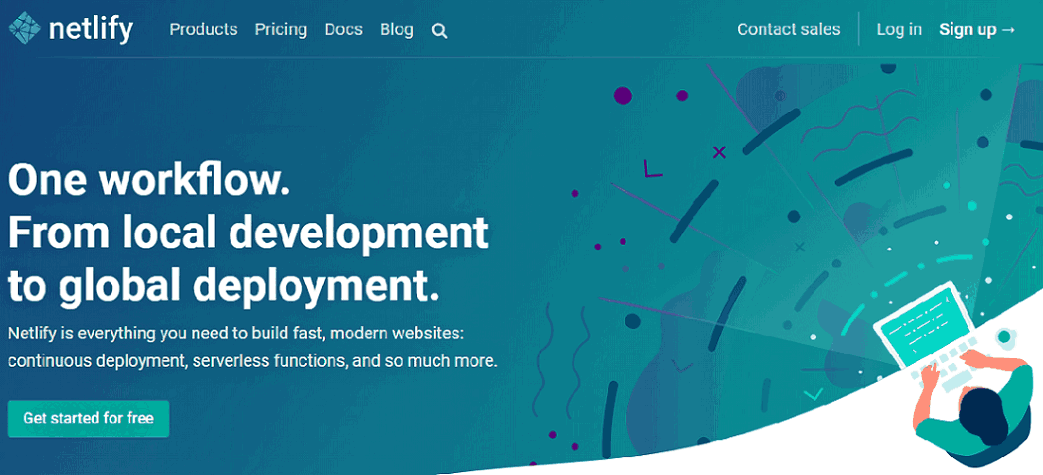
Built as a single-page React app, Netlify is an open-source content management system that can be used as an integrated part of your Git workflow. You can leverage the power of Netlify with any static site generator to create a blazing fast, secure and scalable static site.
Equipped with a convenient, user-friendly interface backed by outstanding features like real-time preview and drag and drop uploads, this CMS is equally useful for both developers and content editors. Since Netlify is based on JAMstack – a modern, client-side architecture – it tends to be faster, more secure, and affordable than server-side CMSes like WordPress.
Strapi:
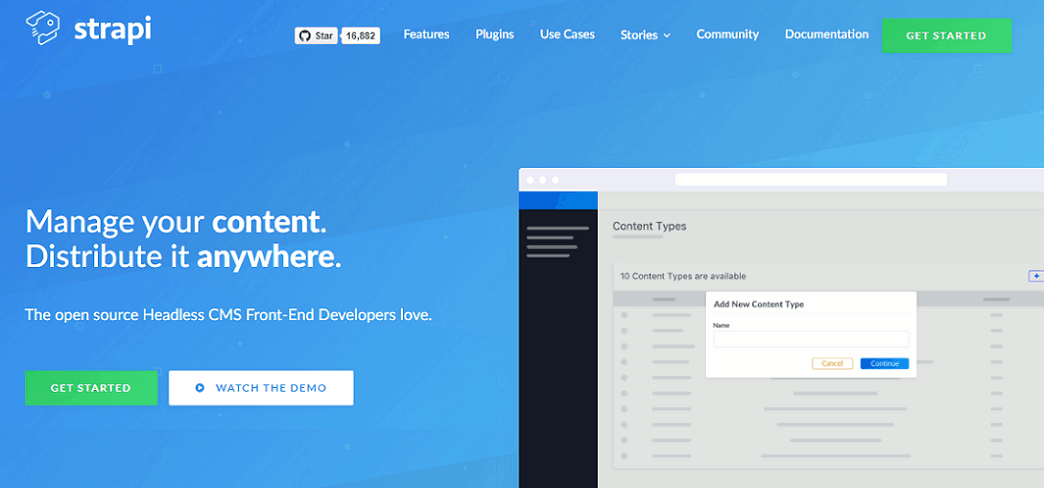
Built on top of Node.js, Strapi is an open-source Headless CMS designed especially to help Front-end developers easily build self-hosted, customizable and high-performance Content APIs. You have the freedom to use JavaScript everywhere – both on backend and front-end – with this handy CMS.
Trusted and used by thousands of front-end developers, Strapi ships with a powerful Content Manager using which you can easily add, edit and delete content. Moreover, being Front-end Agnostic, this highly-flexible CMS works flawlessly with a variety of SQL & NoSQL databases and allows you to use any front-end framework of your choice, including Vue, React, and Angular.
Piranha CMS:
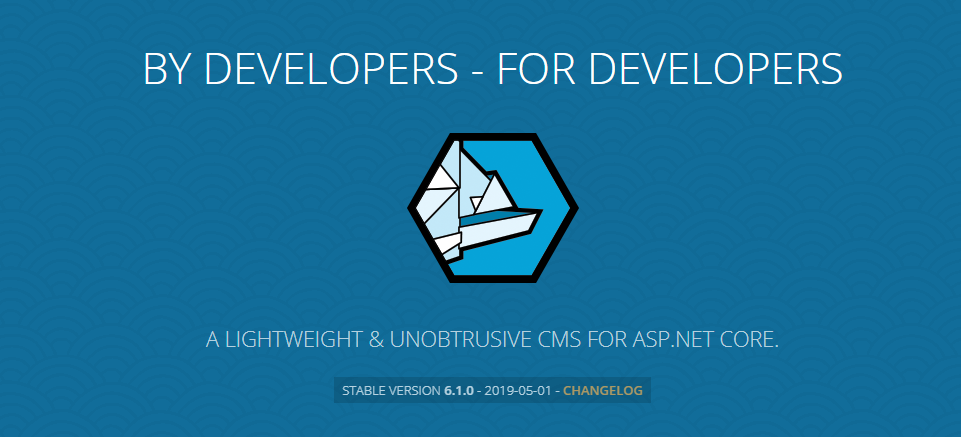
Piranha CMS is a lightweight and unobtrusive content management system for ASP.NET Core and NetStandard 2.0 lovers. Designed to be super-fast and cross-platform, this highly-extensible can be used to incorporate CMS functionality into your existing website or app or create a new one from scratch.
Backed by an extensible and pluggable architecture that supports a wide spectrum of runtime scenarios, Piranha runs smoothly on Linux, Windows, and Mac OS X. Best of all, it is SEO Friendly and also comes with a Gutenberg-style block editor using which you can organize your content in form of small, reusable blocks.
Squidex:
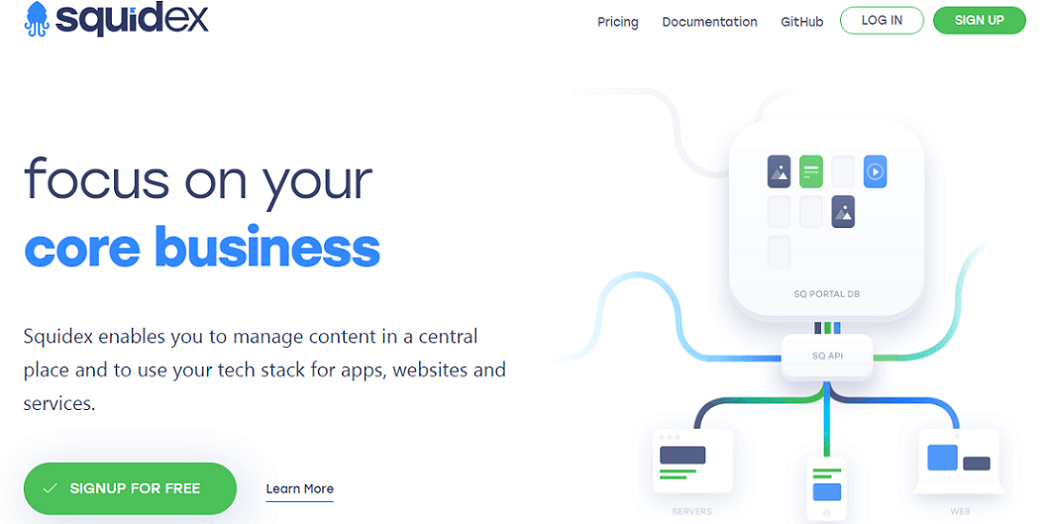
Built on top of ASP.NET, Squidex is an open-source Headless CMS designed to help you manage your content from a central place. As it allows you to access all of your content anywhere via an API, you can use it to run multiple external or internal apps, websites, and services.
Squidex not only supports an unlimited number of languages but also facilitates you to manage your content in several ways, like using an HTML editor or Markdown Maps. Furthermore, you can track changes to your content and even filter it using a state-of-the-art query language.
Wowchemy:
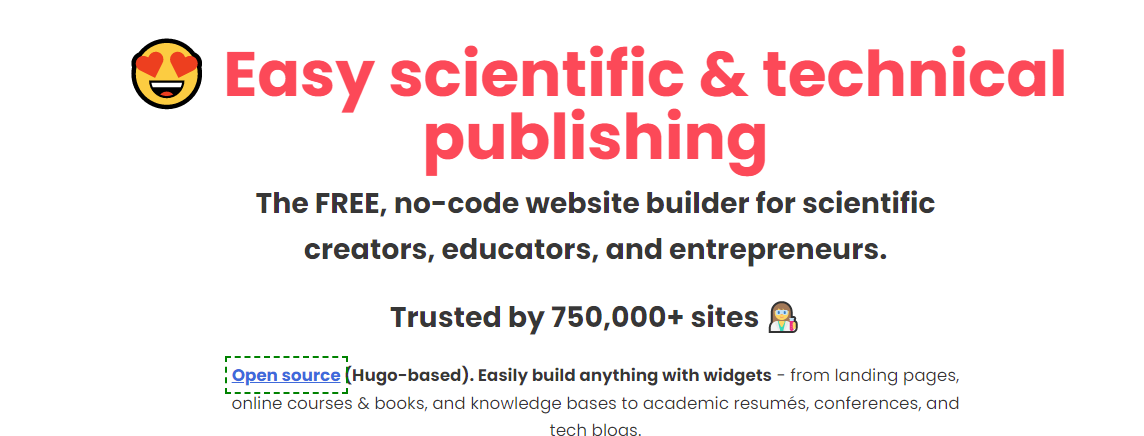
Built on top of Hugo, the world’s most popular and fastest open-source static site generator, Wowchemy is a highly flexible and easily manageable CMS that allows you to build anything with the help of Widgets. Equipped with a powerful theme and plugin system, Wowchemy contains a variety of elements for every kind of site.
Wowchemy is completely free to use and supports over 15+ languages, code highlighting and LaTeX math formatting. Although most of the themes offered by the CMS seem to be Material Design-based, you can also create your own custom theme and get it added to their theme section.
Apart from the above-mentioned options, you can also try Sanity, GraphCMS, Takeshape, and Rwtxt CMSes which also offer you some really groundbreaking features to help you build a highly functional yet easy to manage website.
